Our professional septic tank pumping service prevents backups and ensures that your Amagansett property operates smoothly throughout the year.
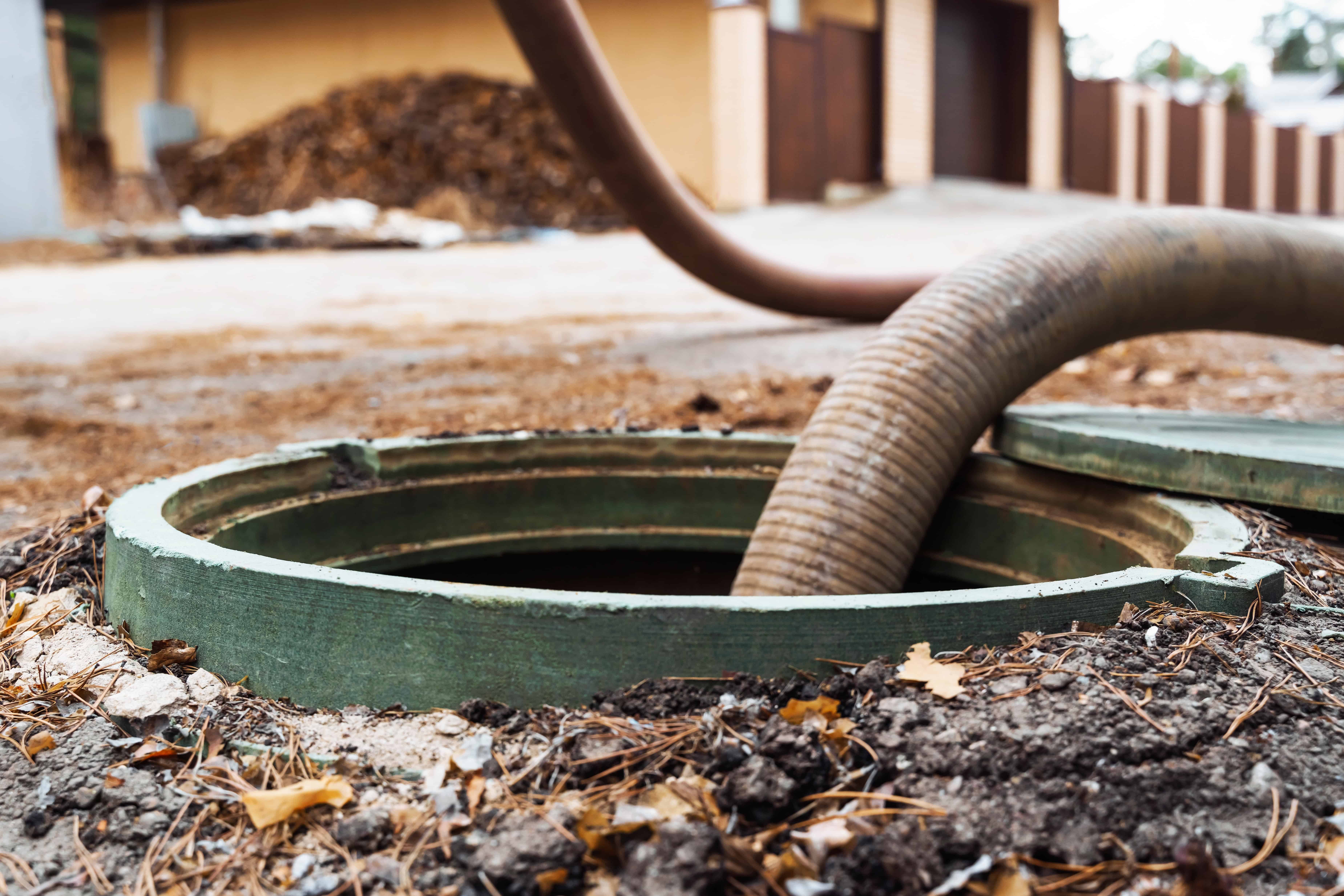
Hear from Our Customers
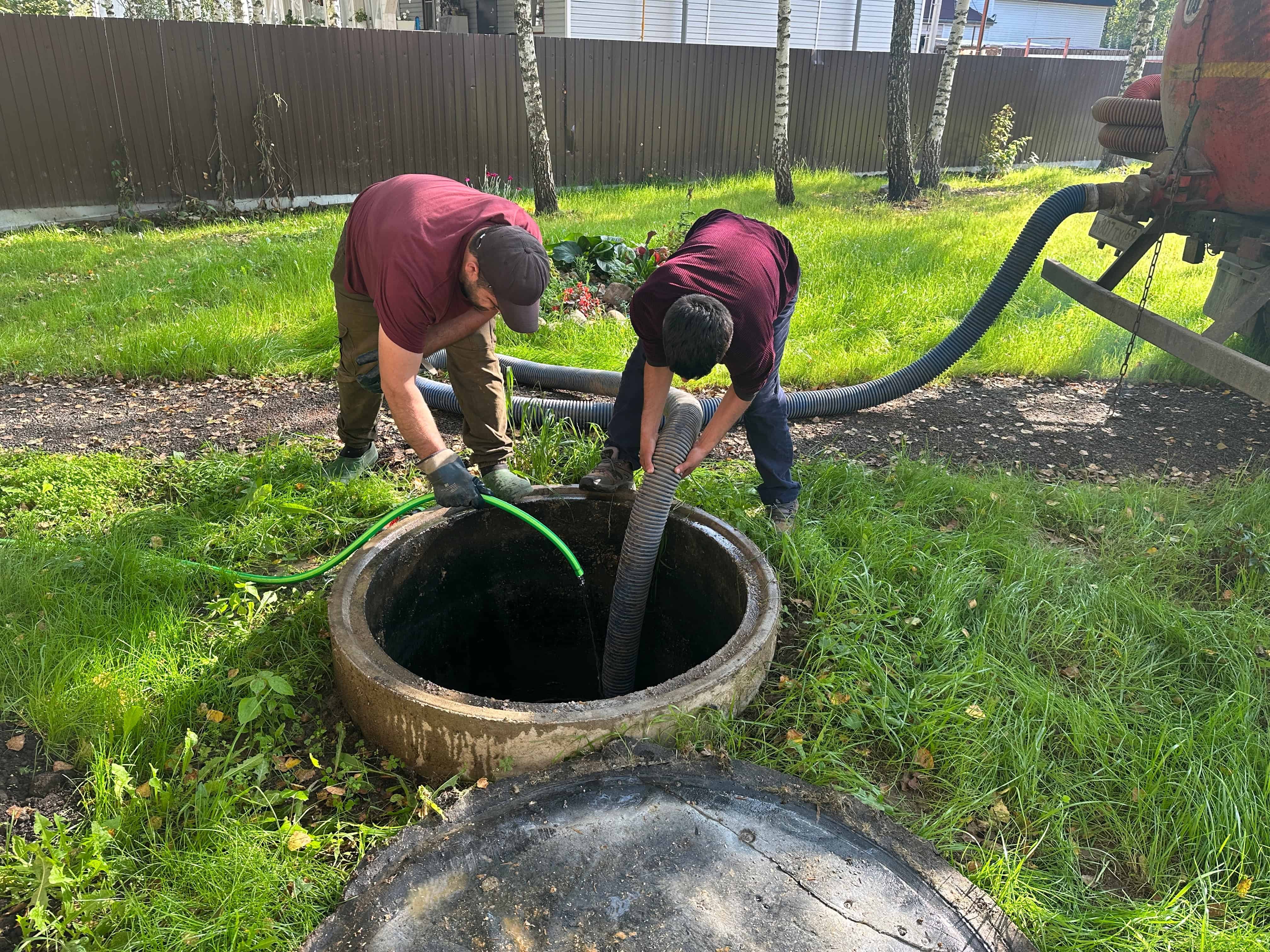
You know that sinking feeling when your septic system starts acting up. The slow drains, the strange smells, and the fear of what could happen next are all familiar. Regular septic tank pumping stops all that before it starts.
When your septic system is properly maintained, everything just works. Your drains are clear, your property is odor-free, and you never have to worry about embarrassing backups when guests come. Your system runs quietly in the background, doing its job without demanding your attention.
That’s what proper septic maintenance gets you—one less thing to stress about. Your property stays clean, your investment stays protected, and you can focus on actually enjoying your time in Amagansett instead of dealing with septic emergencies.
We’ve been handling septic systems across the Hamptons for years. We understand how septic systems work in this area—the soil conditions, the seasonal usage patterns, and the local regulations that matter.
We’re not the guys who show up and try to figure it out as we go. We can spot potential problems before they become costly emergencies when we inspect your system.
You’ll get straight answers about what your system needs and when it needs it. No overselling, no scare tactics—just honest assessment from people who do this work every day.
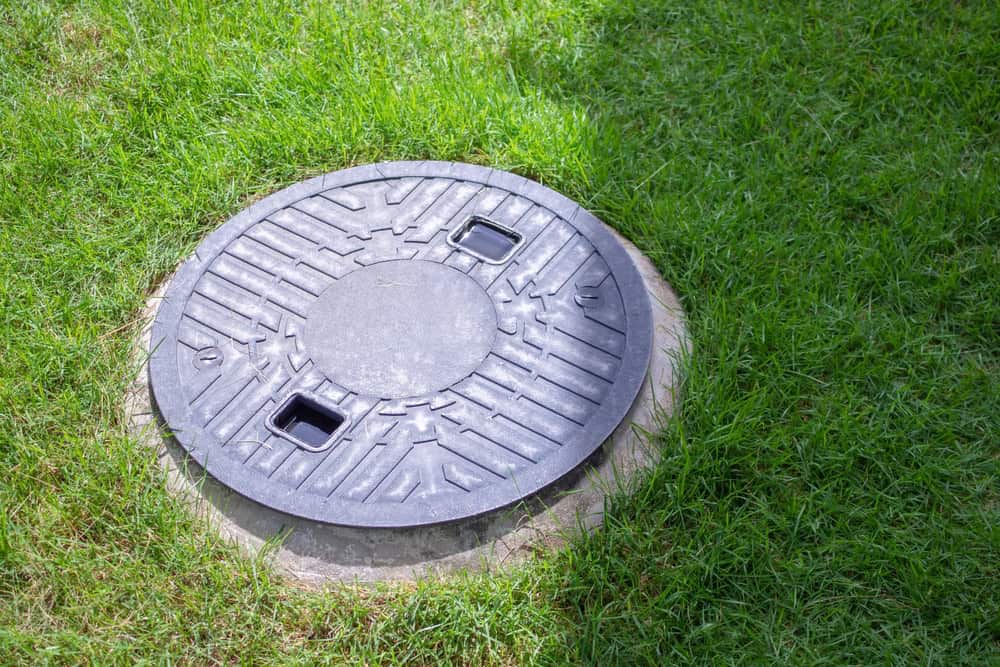
First, we locate and uncover your septic tank access ports. We inspect the tank to check sludge and scum levels, looking for any signs of damage or potential issues while we’re there.
Then we pump out the accumulated solids and liquids using our professional vacuum equipment. This isn’t just about removing waste—we’re thorough about getting everything out so your system can function properly.
After pumping, we check the tank structure, baffles, and inlet/outlet pipes. We’ll let you know if we spot anything that needs attention, but most of the time, a good pumping is all you need. We clean up completely and make sure your property looks exactly like it did when we arrived.
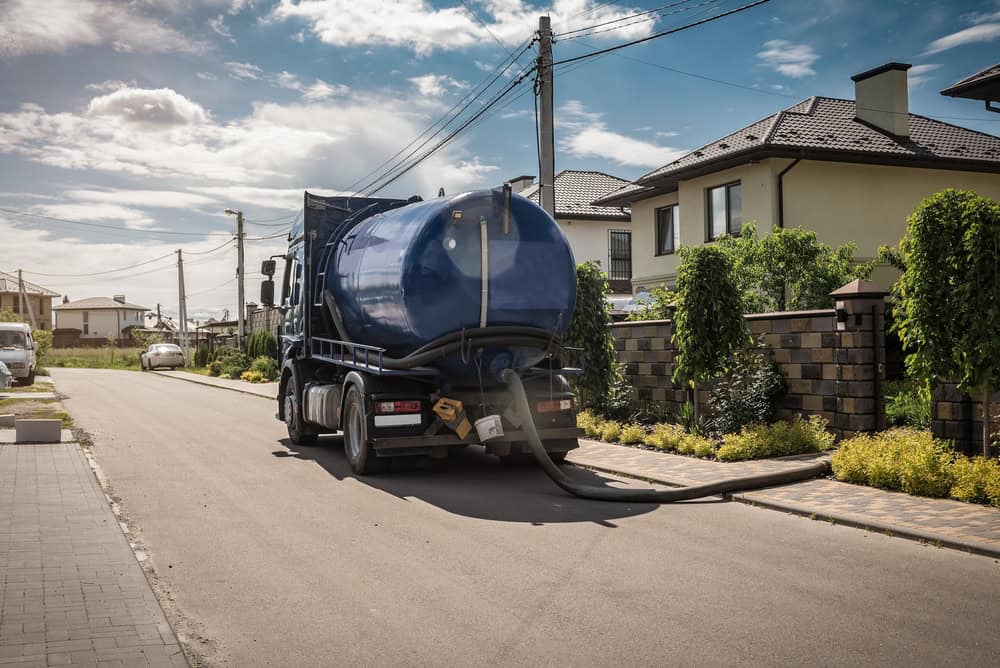
Ready to get started?
Every septic pumping includes a complete tank inspection while we’re there. We check for cracks, damaged baffles, or other issues that could cause problems down the road. You get a clear picture of your system’s condition, not just a quick pump-and-go.
We handle the whole process from start to finish. That means locating your tank if needed, uncovering access ports, doing the actual pumping, and cleaning up afterward. Your property gets restored to exactly how we found it.
In Amagansett, we see a lot of seasonal usage patterns that affect how often systems need pumping. Summer rentals, holiday gatherings, extended family visits—we factor all that into our recommendations so you’re not getting generic advice that doesn’t fit your actual situation.
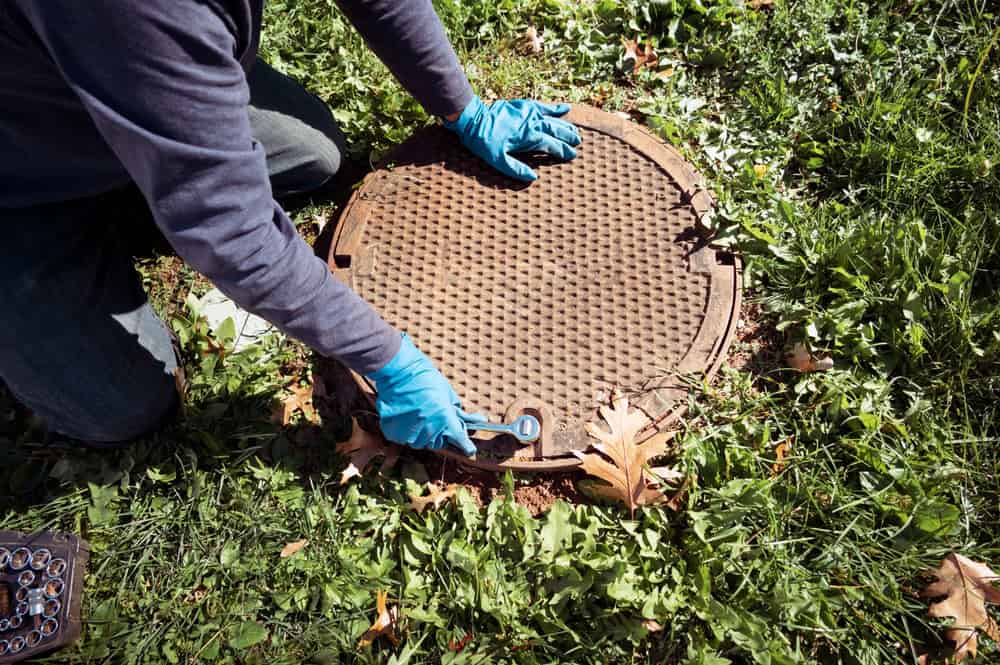
Don’t let cesspool issues disrupt your day. Reach out now for a free estimate and expert service.
©2025 Quality Cesspool All Rights Reserved. SEO Company NYC – Web Design & SEO by Hozio